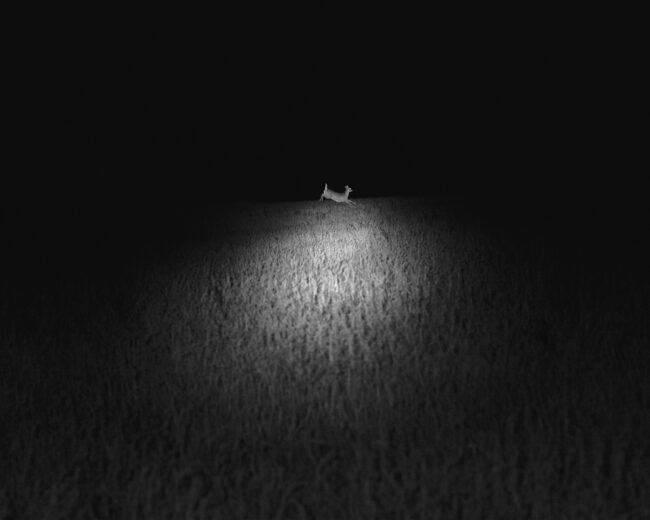

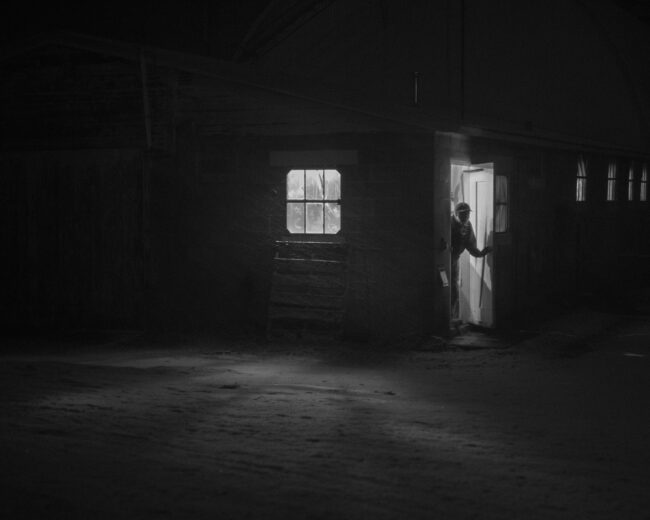


The New York Times: How to Survive Winter
Photographer: Erinn Springer
Producers: Produced by Gray Beltran, Clinton Cargill, and Heather Casey
Heidi: Did the images for this come from your archive or from your Dormant Seasons?
Erinn: All of the images were shot specifically for this article. It was very exciting to get this assignment because I’ve been shooting winter in Wisconsin for the last few years (which is how my series Dormant Seasons came about) so, How We Survive Winter felt like a natural progression.
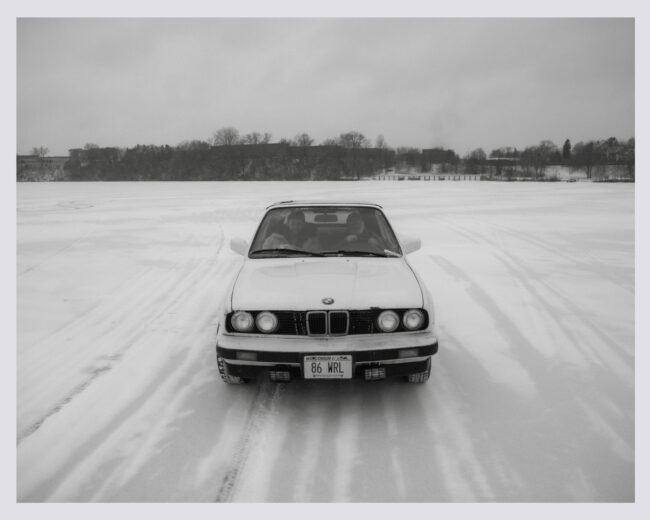


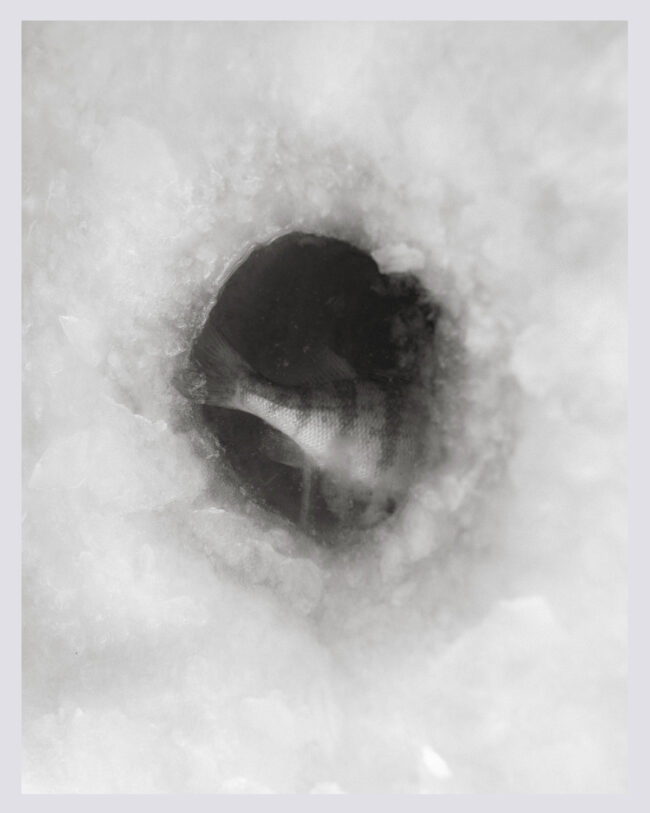
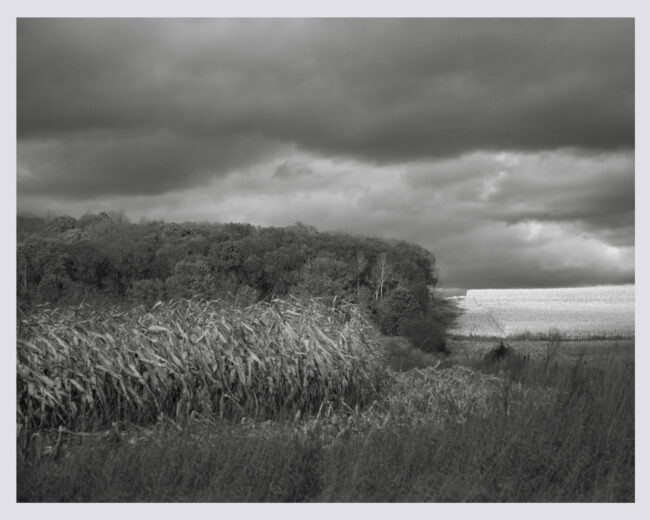
If they were photographed for the text, what was the direction?
The brief was very poetic and open. The editor and I had spoken on the phone about the feeling of winter and the solstice being the longest night of the year in a year that has been metaphorically darker than most. I wanted the result to be representative of my home and my experience growing up in such a cold place like northern Wisconsin, that in actuality is filled with so much life.
Did you travel home to Wisconsin to photograph any of these images?
Luckily, I was already in Wisconsin for some other projects, so I just extended my stay. The timing couldn’t have been better! I generally split my time between Wisconsin and Brooklyn and I’m usually on the road quite a bit, but the pandemic has allowed me to spend more time at home. I’ve been able to focus on (and actually start) projects I’ve twirled around for a long time. The people and landscape here haven’t changed a whole lot since I was a kid, so I feel like I’m playing catch-up for all the years I didn’t have a camera in my hands growing up. These projects are an investigation of my origins and archive of what will eventually be the memories of where I was raised.
How much time passed in making these images? Were they all shot on the solstice?
I shot for a couple hours ~almost~ everyday for about two weeks. I tried to think of all the places and situations I could put myself in to get the best photos for the narrative I was building. There was an element of surprise because I was working in tandem with photographer Devin Yalkin, but hadn’t seen any of his images until the story was published. I was so curious to see how our images would be edited together. The pairings of our work really made the story come to life.
“Look for the smallest bit of beauty around you,” Dr. Safi explained. “That very much resonates today, at a time where it seems like the mega-systems are all broken or falling apart, to return your gaze to the small.”
The simplest solutions are always the most magical. And all the magic you need is ~probably~ in your backyard. That’s sort of the case for me and realizing rural Wisconsin is my most rewarding subject.
During these times what has kept your creative seeds ready for spring?
I’ve always been a planner and daydreamer for all the seasons. This year, of course, I hope that spring brings the renewed life we’ve all been waiting for, but I think it’s helpful to focus on the present. I tend to feel that acting in the ‘now,’ while setting the pieces and daydreaming of tomorrow (of spring), is the most advantageous. I honestly find so much joy in every season and look forward to each for various reasons. I think growing up in Wisconsin has something to do with that :).
*For more images, please see this carousel of outtakes.